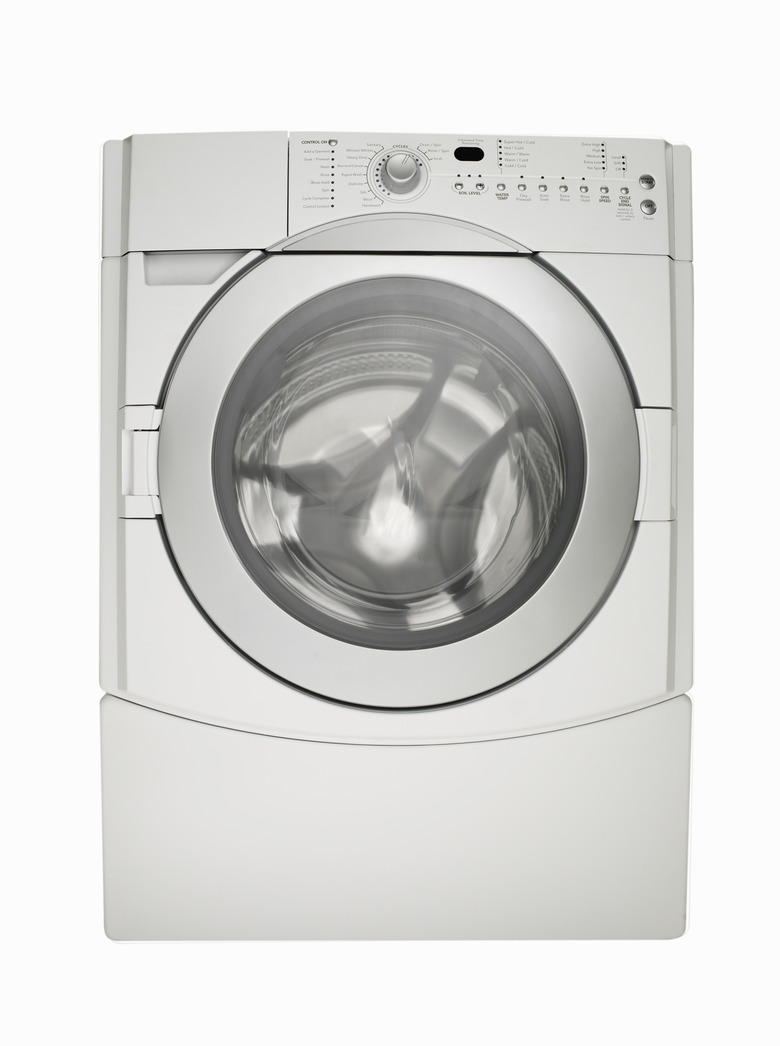How To Check A Dryer Thermistor
Most clothes dryers have a thermistor or heat sensor that monitors the air temperature inside the drum. The component ensures that clothes dry effectively while also preventing the dryer from overheating. If you experience problems with slow dry times or overheating, you ought to check if the thermistor is working properly. Like most components on your dryer, thermistors are inclined to wear and malfunction with normal dryer use.
How It Works
How It Works
A dryer's control panel relies on the thermistor to regulate the drum's air temperature by monitoring the component's resistance changes; resistance goes down as temperature increases and up when temperature decreases. Once the drum's air temperature reaches a certain level required to dry clothes, the control panel shuts off the heater. The panel will turn the heater on again and begin another heating cycle when the thermistor indicates that more heat is needed to keep the air temperature constant inside the drum.
Where to Find
Where to Find
If your dryer starts to experience heating problems, you should verify that the thermistor is measuring the drum's air temperature correctly. First, you must unplug your dryer to prevent electric shock. Although you should review the diagram in the dryer's manual to confirm where the thermistor is on your specific dryer model, it's usually found in the vent opening or exhaust outlet. To better access the component, you might need to remove the bottom cover panel of your dryer. A thermistor is basically a flat metal or plastic plate with two wires attached. You don't have to detach it from the dryer to test it, just disconnect its wires.
Basic Test
Basic Test
Hook up an ohm multimeter testing device to the thermistor. Immediately, the testing device should record a resistance reading from the thermistor. Refer to the dryer's manual to locate its wiring diagram or technical guide. It's here that you will find the correct resistance value for the thermistor on your specific dryer model. In general, a cool dryer — one at room temperature — should measure 50,000 ohms, according to Manage My Life. If the reading is lower than this level or no reading was detected at all, the thermistor is probably defective and should be replaced.
Accuracy Test
Accuracy Test
With the ohm multimeter still connected to the thermistor, blow hot air over the component with a hair dryer to see if the resistance changes. As the thermistor becomes hotter, its resistance should decrease. Specific resistance values for various heat temperatures should be included either on the wiring diagram or in the technical guide for your dryer, which you can review for more accurate testing. If you don't see its resistance change, the component must be replaced.
